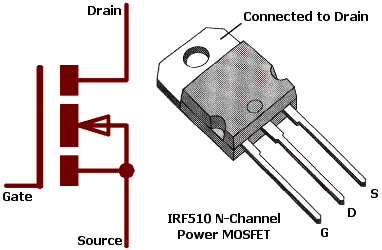As Hanzibal picked up, I was thinking of transistor control rather than a solid state relay module.
With the large currents you are trying to control I would tend towards using a ready made motor driver module or shield.
Someone else will have thought about getting thick enough tracks and the heat dissipation, etc.
CW2's Pololu link looks good - full H bridge control with high currents in a range of voltages. Half the price of the Sabertooth and a lot more sensible than trying to start from scratch.
Even with a module, you will need to do some homework!
Pay attention to the correct use of heat sinks - you will never hurt a circuit by ensuring it can't get too hot.
You need to implement current sensing - when the motors stall, the current sensing circuit should cut power to prevent a short circuit.
Make sure you have fuses on the battery for when things don't go as planned.
Check whether the motor driver circuit allows both sides of the bridge to be turned on at the same time (short circuit) - some more simple ones do allow this!. If it does, make sure the Netduino can't power on both halves at once (e.g. at power on / boot when the GPIOs may be puled high by weak pullups).
Use nice thick copper wire so the power is used in the motor and not the supply leads.
Remember to have fun - Paul


















